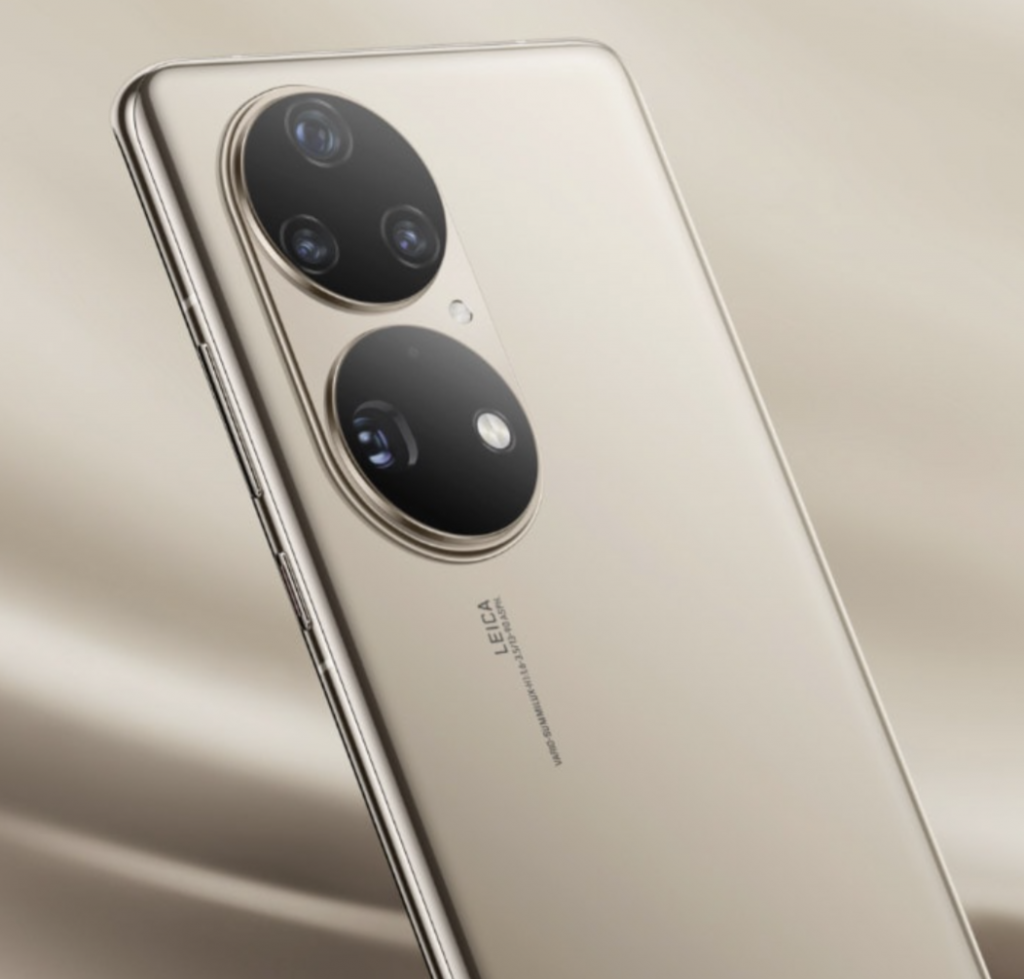Satellite Text Messaging Will Soon Be Taking Over Cell Phones?
Huawei is the first cell phone company to offer satellite text messaging.
This article is more than 2 years old
Phone texting is an incredibly popular messaging system worldwide. Texting usually operates through transmitting radio frequencies to local cell towers, which beam those signals to the respective phone. One cellular company is looking to expand the methods of phone-to-phone messaging. For the telecommunications company Huawei, satellite text messaging will be the newest texting frontier.
Just days before Apple’s latest product release, Huawei charmed the internet by announcing its newest Mate 50 Series. Unlike the newly revealed iPhone 14, the Mate 50 phones will have satellite text messaging options instead of utilizing surrounding cell towers. This will allow for text messaging without a service signal, a frustrating caveat of most smartphones. The ability to text via satellite means that phone users can communicate from anywhere in the world, which gives the Mate 50 an unparalleled advantage over other smartphones.
The Huawei series will include the Mate 50 and Mate 50 Pro, which both have satellite text messaging capabilities. The 50 Pro comes with a 6.74-inch OLED display with a refresh rate of 120 Hz, while the average smartphone only operates at 50 Hz. The standard Mate 50 has a 120 Hz refresh rate and a 6.7-inch, 90 Hz OLED display. Both phones have 50-megapixel rear cameras with a high-definition aperture function with stops ranging from f/1.4 to f/4. The varied aperture acts similarly to a professional digital camera, while most phones operate with a fixed aperture.

Both the Mate 50 and the Mate 50 Pro have a 13-megapixel f/2.2 ultrawide lens, but the Pro has even stronger camera functions. The Mate 50 Pro includes a state-of-the-art 64-megapixel camera capable of zooming in 200 times the norm. The regular Mate 50 only offers 100x digital zoom, but it still has a visually stunning camera. Though both phones have impeccable storage, cameras, and visual displays, the most attractive thing about them is their versatility and reliability. Two phones that have satellite text messaging are definite competition for significant phone carriers like Apple and Samsung.
Other companies like Huawei have invested in satellite text messaging technology. Elon Musk’s SpaceX company is at the forefront of extensive satellite launches, wanting to increase the number of available satellites in orbit. Now, T-Mobile and SpaceX are partnering to make satellite-based communication more accessible. T-Mobile may be right behind Huawei in providing its customers with texting functions devoid of cell towers. There are also rumors that Apple will start releasing products that rely on satellites, but those rumors haven’t been officially confirmed.
Though satellite text messaging is now available for consumers, it may take years before phone calls or video chats operate through satellite signals too. T-Mobile stated that satellite-based communication would only allow for texting and picture-based messages, but the technology hasn’t been developed yet for proper telephone calls. The Mate 50 and Mate 50 Pro have similar caveats with their communication functions. Both smartphones will be able to send texts via satellite but won’t be able to receive them without cell reception. Though the function is limited, this new texting mode provides those with communication options when you’re out of a cell tower’s range.




